Tundra swans are large white waterfowl, though not quite as large as some other swan species. They are easy to distinguish from Mute Swans, but sometimes difficult to distinguish from Trumpeter Swans.
However, they are smaller than either of the two, and often have some yellow at the base of their beaks. Though smaller than some other swans, Tundra Swans are still quite large. Read on to learn about the Tundra Swan.
Description of the Tundra Swan
Tundra swans in different regions have slightly different appearances. Their feathers are all white, and their bills are black. Individuals in some regions have a large yellow section at the base of their bills, some have just a single spot of yellow, and others have no yellow at all.
Though smaller than some other swans, these birds are relatively large. Their wingspan is about 5.5 ft. across, and they weigh up to 23 lbs.
Interesting Facts About the Tundra Swan
These widespread birds might not hold any records for size, but they are quite unique. Learn what makes Tundra Swans so interesting below.
- Tundra v. Trumpeter – When Tundra Swans have no yellow at the base of their bills, it can be difficult to differentiate them from Trumpeter Swans. Though they are much smaller in comparison, when you have nothing to compare to this is a bit of a moot point.
- The Eyes Are Key – The easiest way to tell the difference between the two is by looking at the patch of skin between the eyes and the bill. Trumpeter swans have very distinctly black eye patches, while Tundra Swans are less drastic.
- “Whistling” Swan – The first people in North America to formally describe this species were Lewis and Clark during their westward expedition. Lewis called the swans “Whistling Swans” because of their vocalizations.
- “Bewick’s” Swan – Scientists later discovered that “whistling” swans were the same species as the European “Bewick’s” swan. Their European counterparts have much more yellow color at the base of their bill, and are now considered a separate subspecies.
Habitat of the Tundra Swan
These birds migrate and overwinter in different habitats than they breed in. Nesting birds are preferential to water bodies near river deltas, such as lakes, ponds, wetlands, and small streams. They choose sites with lots of pondweed and other favorite vegetation.
During migration and winter, they inhabit a variety of wetlands, bays, estuaries, lakes, and more. This species also inhabits more urban areas, particularly farms and agricultural fields.
Distribution of the Tundra Swan
This species lives across much of the lower Arctic Circle, primarily northern Russia and North America. The Eurasian population spends the winter in Southeast Asia, while the North American population spends the winter in Canada and the United States.
Breeding occurs during the summer in the northernmost reaches of their range. In the winter they migrate southward, and spend the winter along the west coast of the United States, the U.S. northeast, Korea, Japan, and southern China.
Diet of the Tundra Swan
This species of swan is herbivorous, and eats primarily plant matter. They feed on weeds, grasses, sedges, flowers, roots, shoots, and stems. Some of their favorite foods are algae, pondweed, saltmarsh, and more. On occasion they also feed on snails, worms, or shellfish.
When foraging, they dabble with their heads below the water and their feet in the air. While near farms, they also eat rice, corn, wheat, barely, and soybeans.
Tundra Swan and Human Interaction
Humans hunt this species for both their meat and their feathers. Farmers also view them as pests, because they eat crops. Additionally, this species is a carrier of bird flu, which is one of the rare viruses that animals can pass to humans.
However, humans do take a toll on this species. Though the IUCN lists them as Least Concern, a number of human impacts threaten their populations. Habitat destruction, oil collection and spills, and pollution all impact this species and its primary habitats.
Domestication
Humans have not domesticated this swan species in any way.
Does the Tundra Swan Make a Good Pet
No, Tundra Swans do not make good pets. In most places, it is illegal to own one as a pet. Domestic waterfowl, like mallards or Muscovy ducks, are a much better choice.
Tundra Swan Care
Zoos often keep small flocks of Tundras, which do well in a captive setting. Their habitats must have a large water source, preferably with a variety of aquatic vegetation, grasses, and shrubs.
In addition to foraging in their enclosure, zookeepers provide a variety of fresh vegetables and pelleted waterfowl feed. At some zoos, visitors can purchase food to feed to the swans, ducks, and geese.
Behavior of the Tundra Swan
Outside of the breeding season, this species often congregates in large groups, known as “flocks.” Once they reach their breeding grounds, things get a little sticky. Each pair grows highly territorial, and does not tolerate any other swans near their nest or mate.
Guarding pairs chase, bite, and even tackle intruders in their territory. They don’t simply use this behavior on other Tundras either, they also chase away other birds, predators, dogs, and even humans.
Reproduction of the Tundra Swan
Swan pairs work together to build their nest out of reeds, grasses, mosses, and more. Some pairs even return to the same nest year after year, and simply spruce it up each season. The female lays a clutch of between three and five eggs, which she incubates for a month.
She leads the newly-hatched young, called “cygnets,” to the water, and shows them how to find food soon after they hatch. Cygnets learn how to fly when they are around two months old, but stay with their parents for about two years.

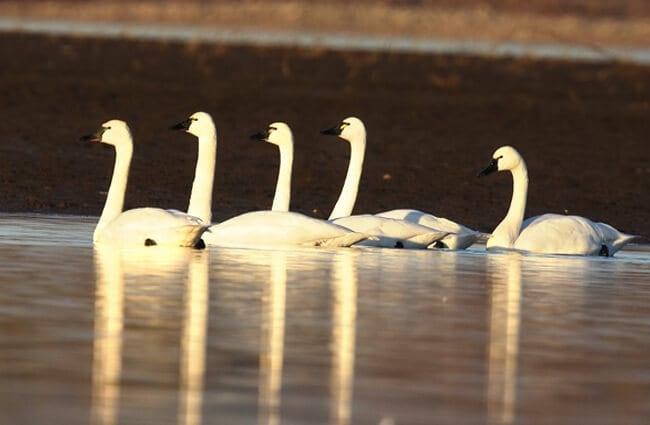
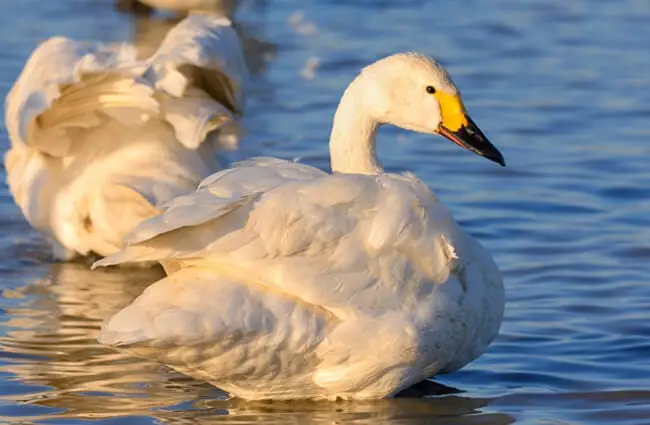
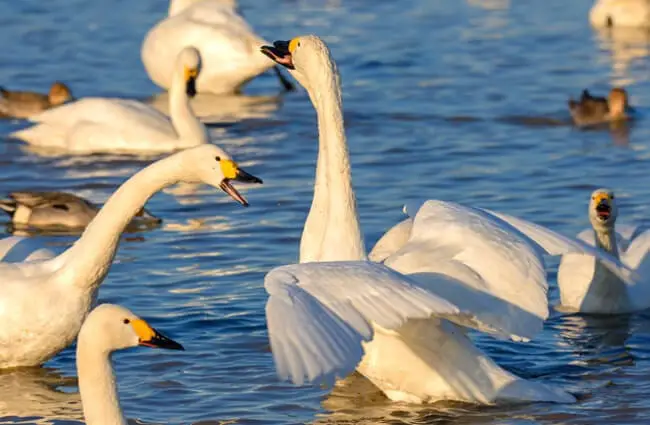
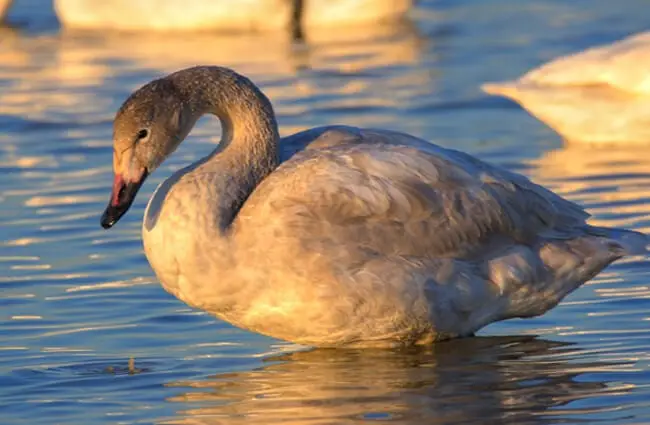
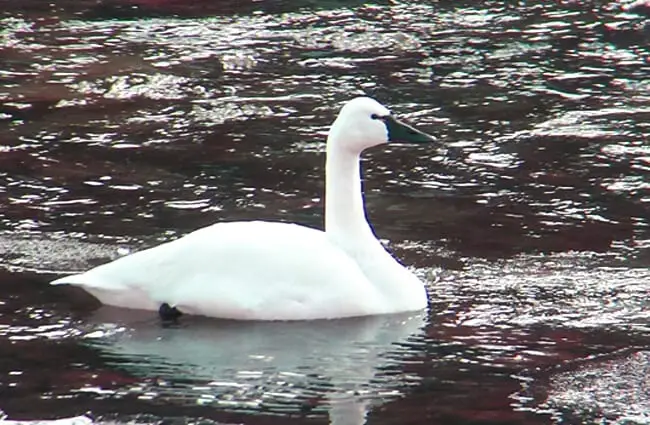
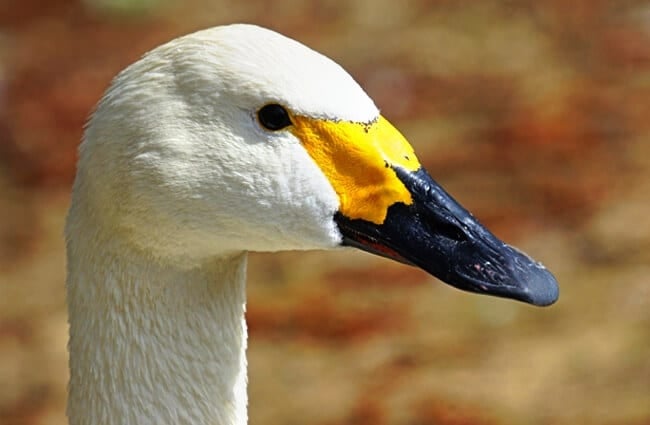


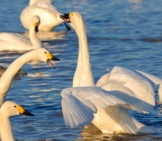

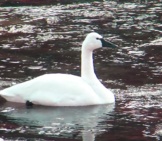
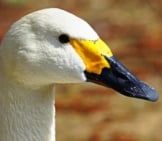
![Red Angus Closeup of a beautiful Red Angus cowPhoto by: U.S. Department of Agriculture [pubic domain]https://creativecommons.org/licenses/by/2.0/](https://animals.net/wp-content/uploads/2020/03/Red-Angus-4-238x178.jpg)












![Red Angus Closeup of a beautiful Red Angus cowPhoto by: U.S. Department of Agriculture [pubic domain]https://creativecommons.org/licenses/by/2.0/](https://animals.net/wp-content/uploads/2020/03/Red-Angus-4-100x75.jpg)

